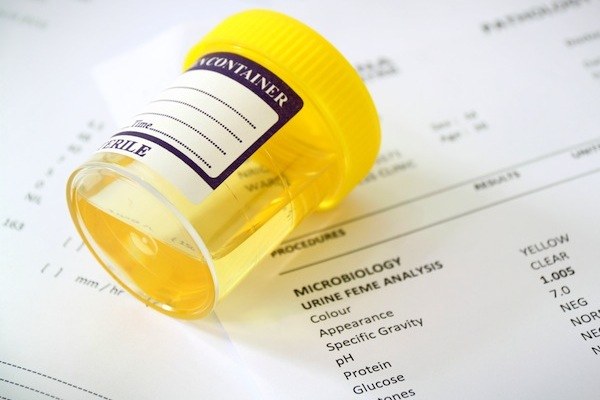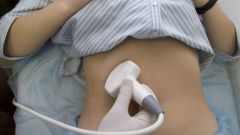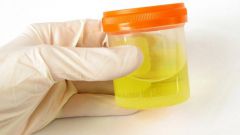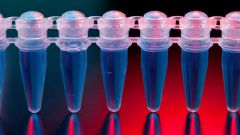Instruction
1
Urine analysis according to Nechyporenko administered after the detection of deviations in clinical analysis. With the help of this type of research identifies the elements that indicate the pathology of the kidney and urinary tract. Such elements include leukocytes, erythrocytes, and cylinders. Leukocytes are blood cells whose main task is to fight off infections. The increase in the number of leukocytes in the urine indicates the presence of infectious diseases in the kidney, bladder, urethra. Erythrocytes – red blood cells, whose task is the delivery of oxygen to tissues and organs. The increase in the number of red blood cells in the urine indicates the presence of certain diseases. Cylinders are cast from a protein formed in the renal tubules, the Presence in the urine of a significant number of cylinders indicates kidney diseases, which are accompanied by proteinuria. The presence of bacteria in urine says about infection in the urinary system.
2
To collect reliable results, before collecting the urine must be carefully wash the vulva, as found on the skin bacteria can get into the urine and to create a false impression about the state of the body. You should not pass urine during menstruation because blood can get into the fluid, and the doctor may suspect the presence of serious diseases. Before testing is not recommended before eating the vegetables that alter urine color (e.g. carrots, beets). For the analysis of urine on Nechiporenko required to collect a Central portion of first morning urine. During urination, the need to miss the first few seconds of urine into the toilet, and then collect the fluid secreted in the middle of urination in a special sterile container. The collected urine, it is desirable to deliver to the lab on the morning of the same day, the delay may cause an increase in the number of bacteria, as a consequence, the result of the study can be false.
3
Normal results of urine analysis according to Nechyporenko shall be as follows: the content of cells to 1-5 in the field of view or to 2000 in 1 milliliter of red blood cells to 1-3 in field of view or up to 1000 in 1 milliliter, cylinders up to 20 in 1 milliliter. The increase in the number of leukocytes in the urine occurs in cystitis (an inflammatory disease of the bladder), pyelonephritis (inflammation of kidneys), urolithiasis. The increase in red blood cells in the urine is observed in acute and chronic glomerulonephritis (disease of the glomeruli of the kidneys), kidney stones, tumors of kidney and urinary tract. Increase the number of cylinders in the urine is observed in glomerulonephritis, pyelonephritis, poisoning by nephrotoxic substances.








